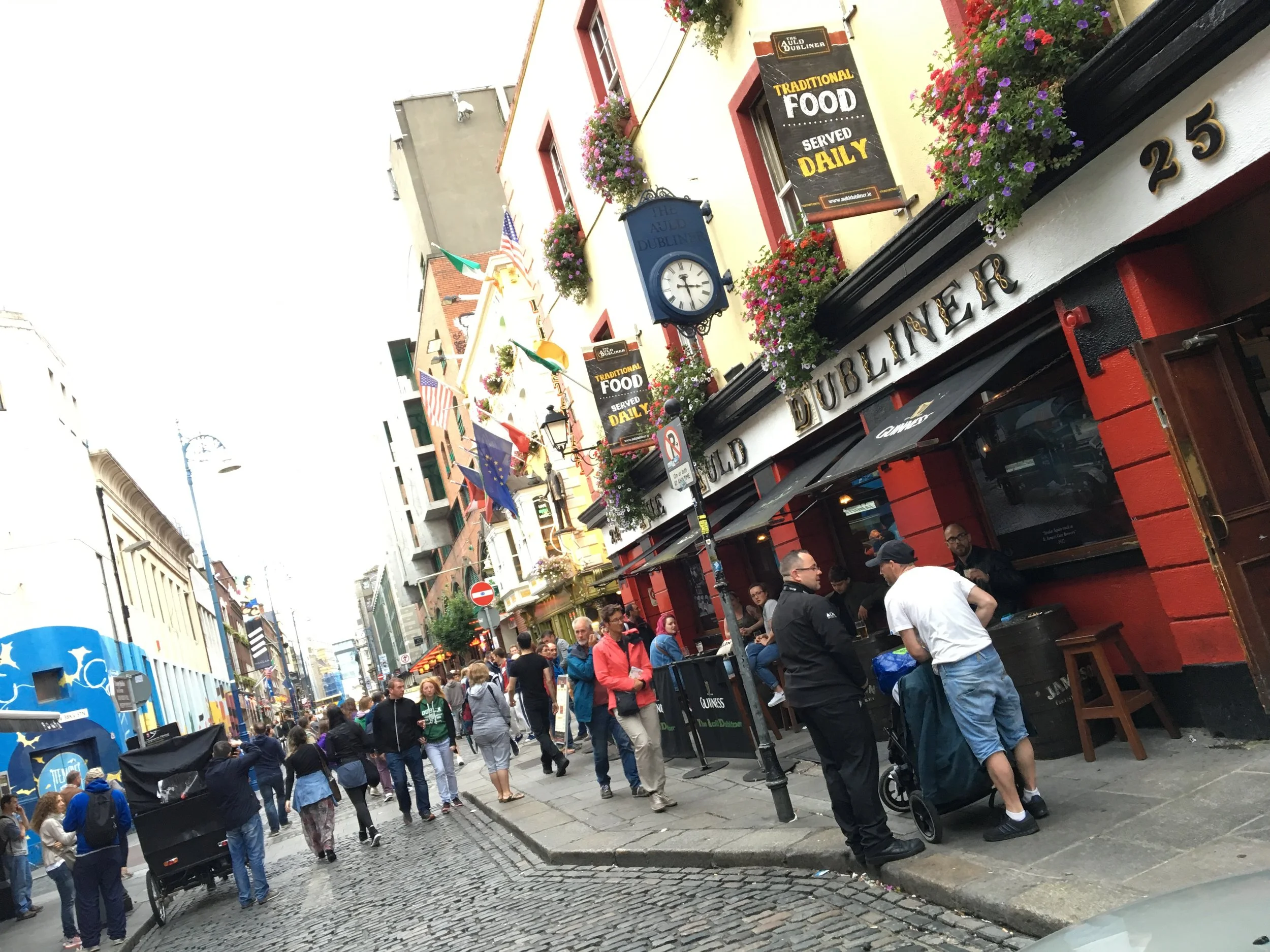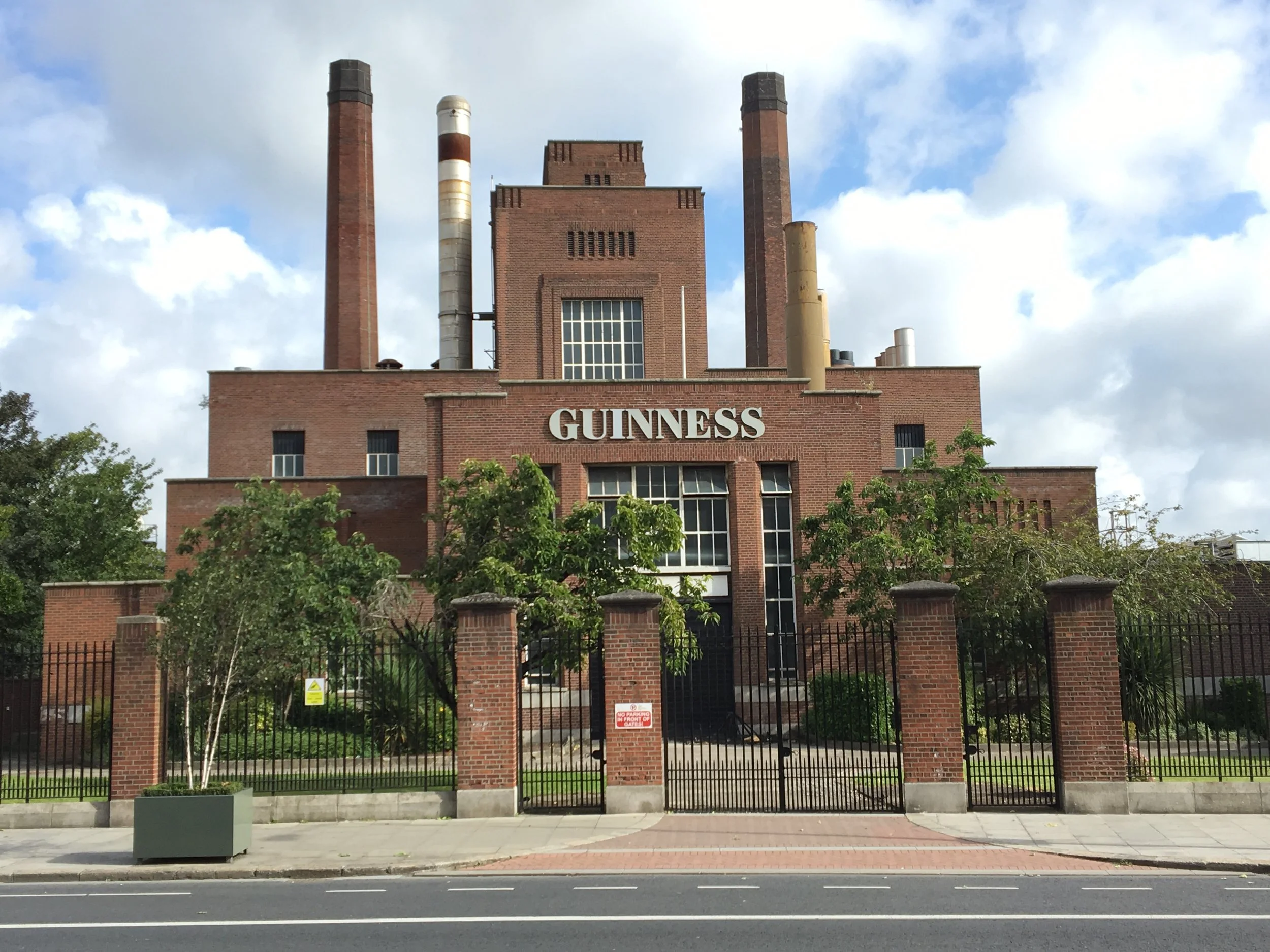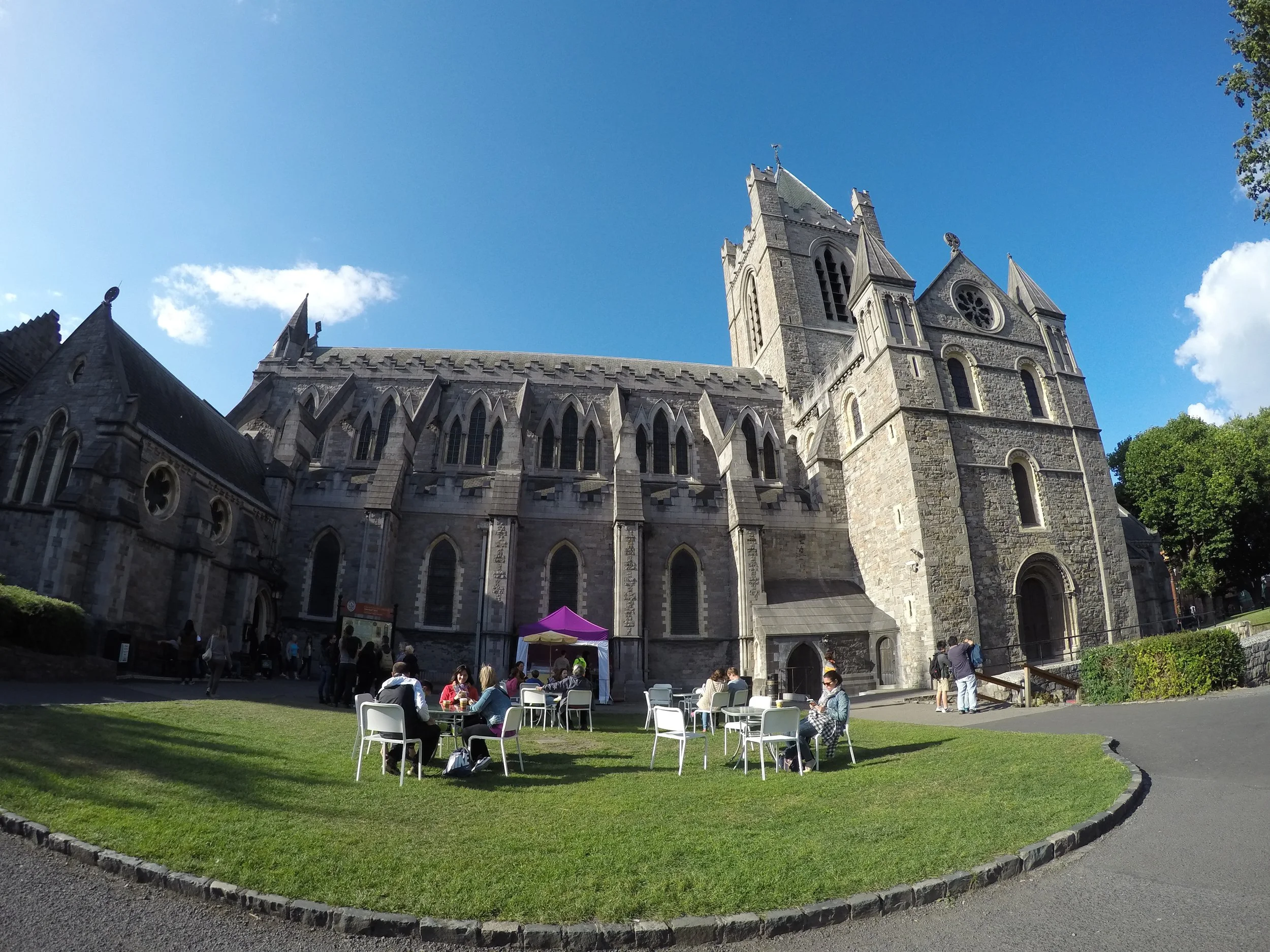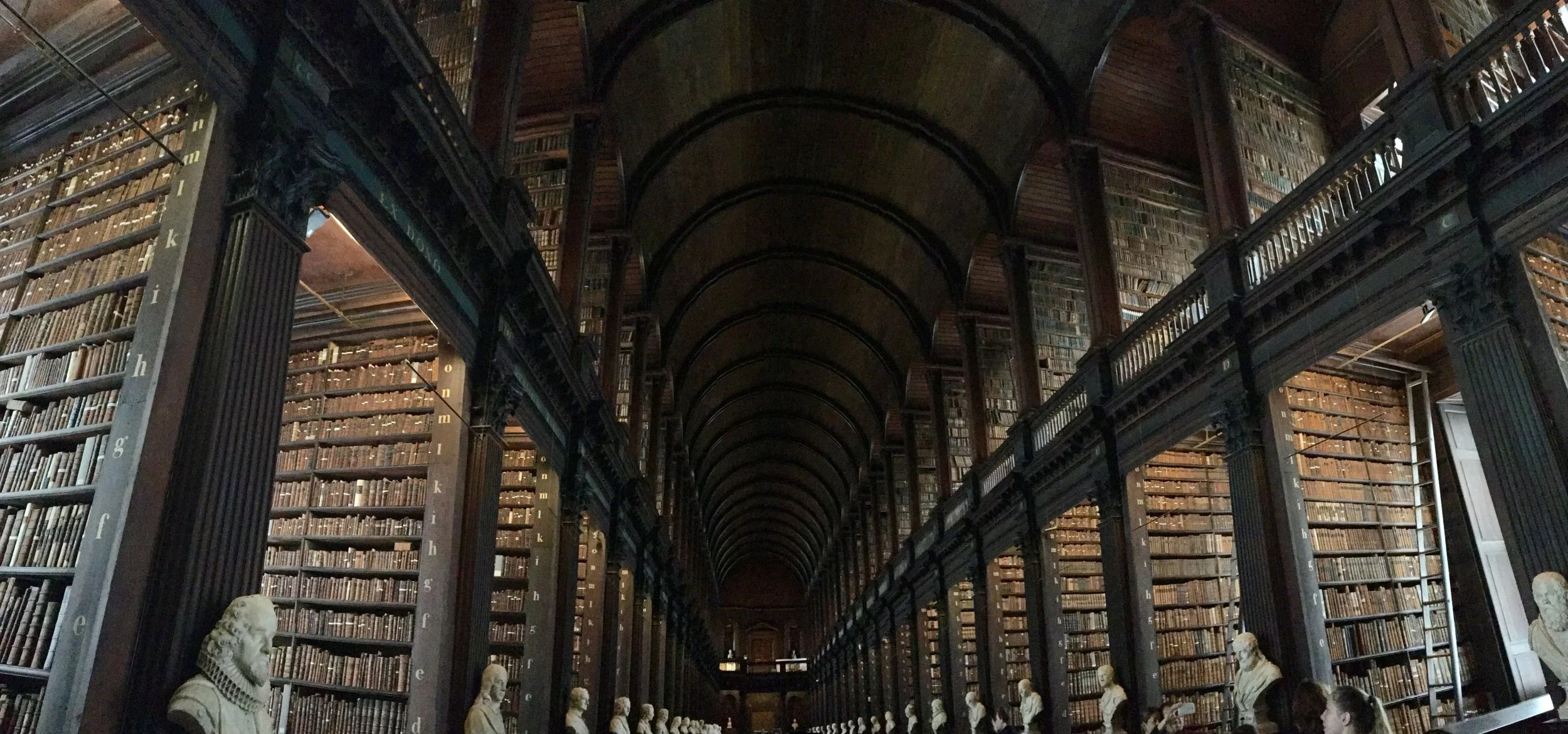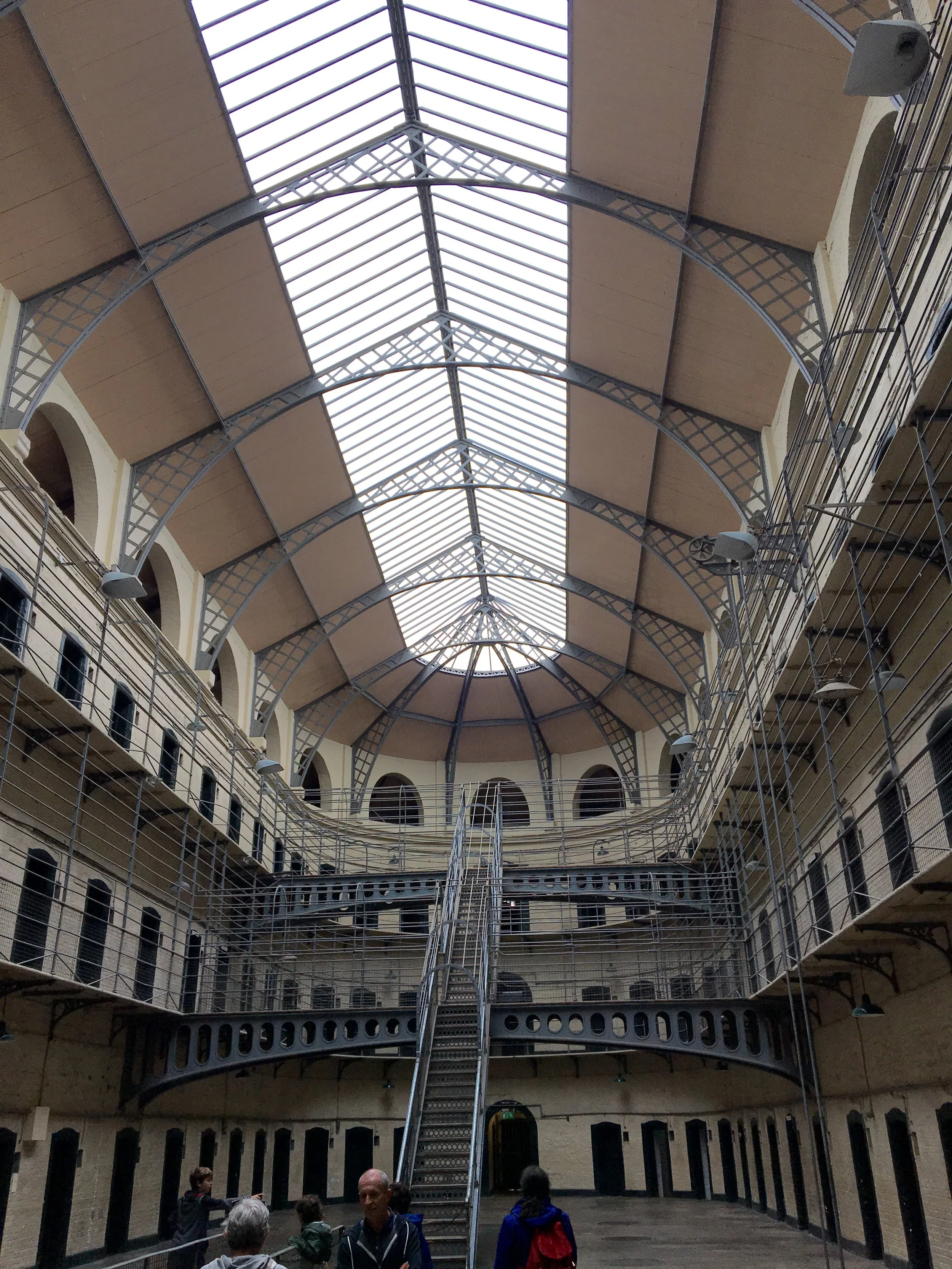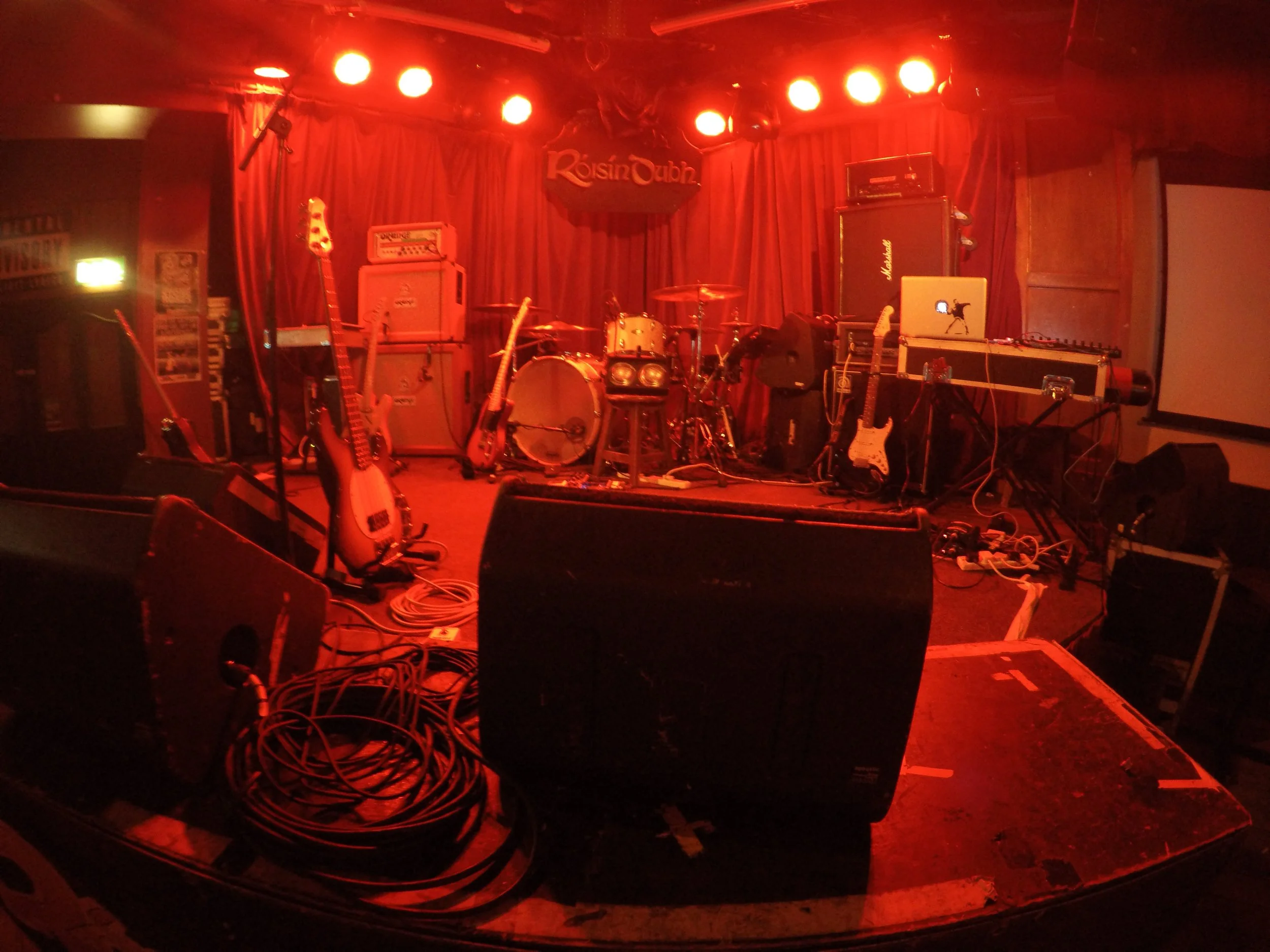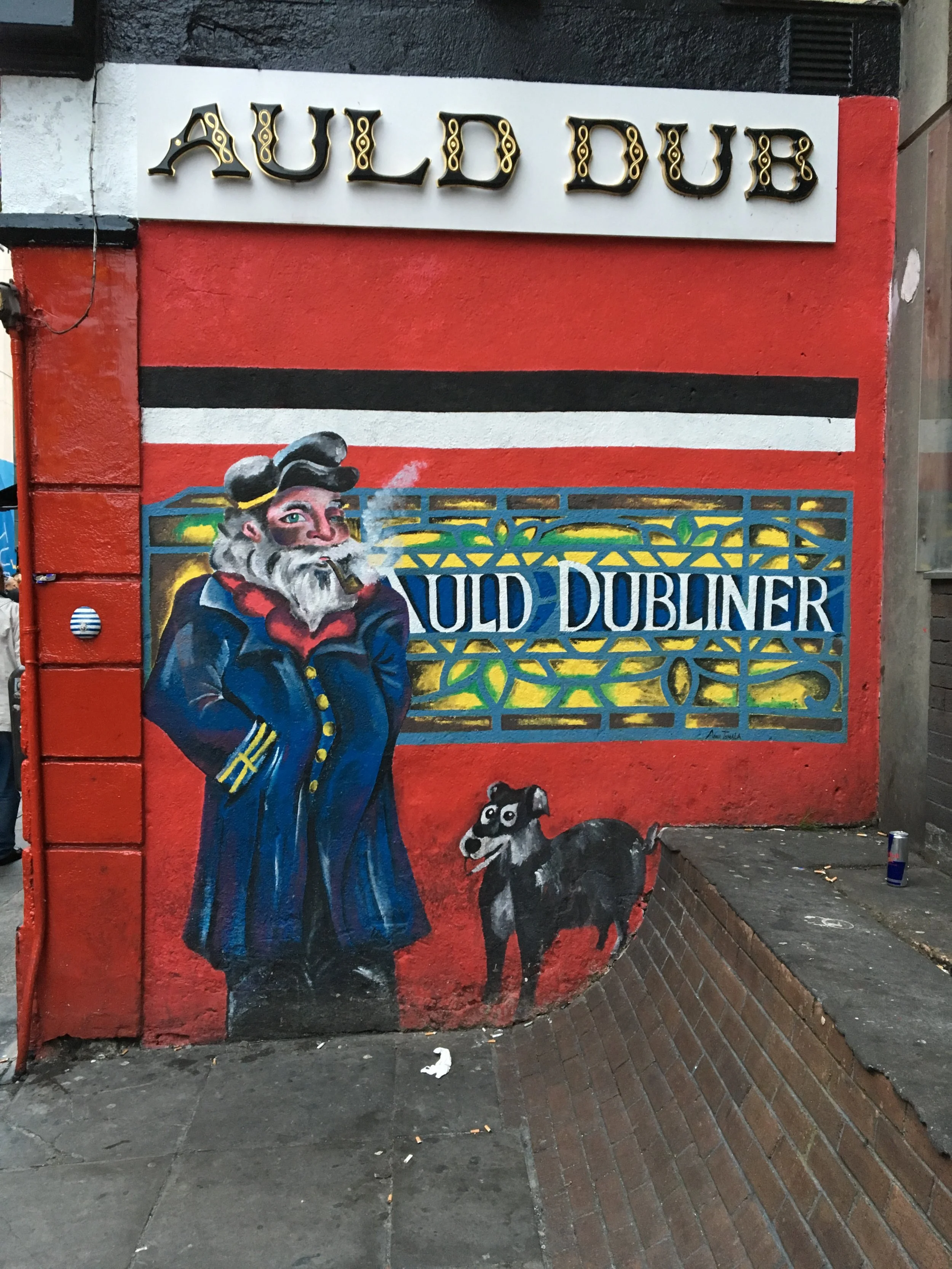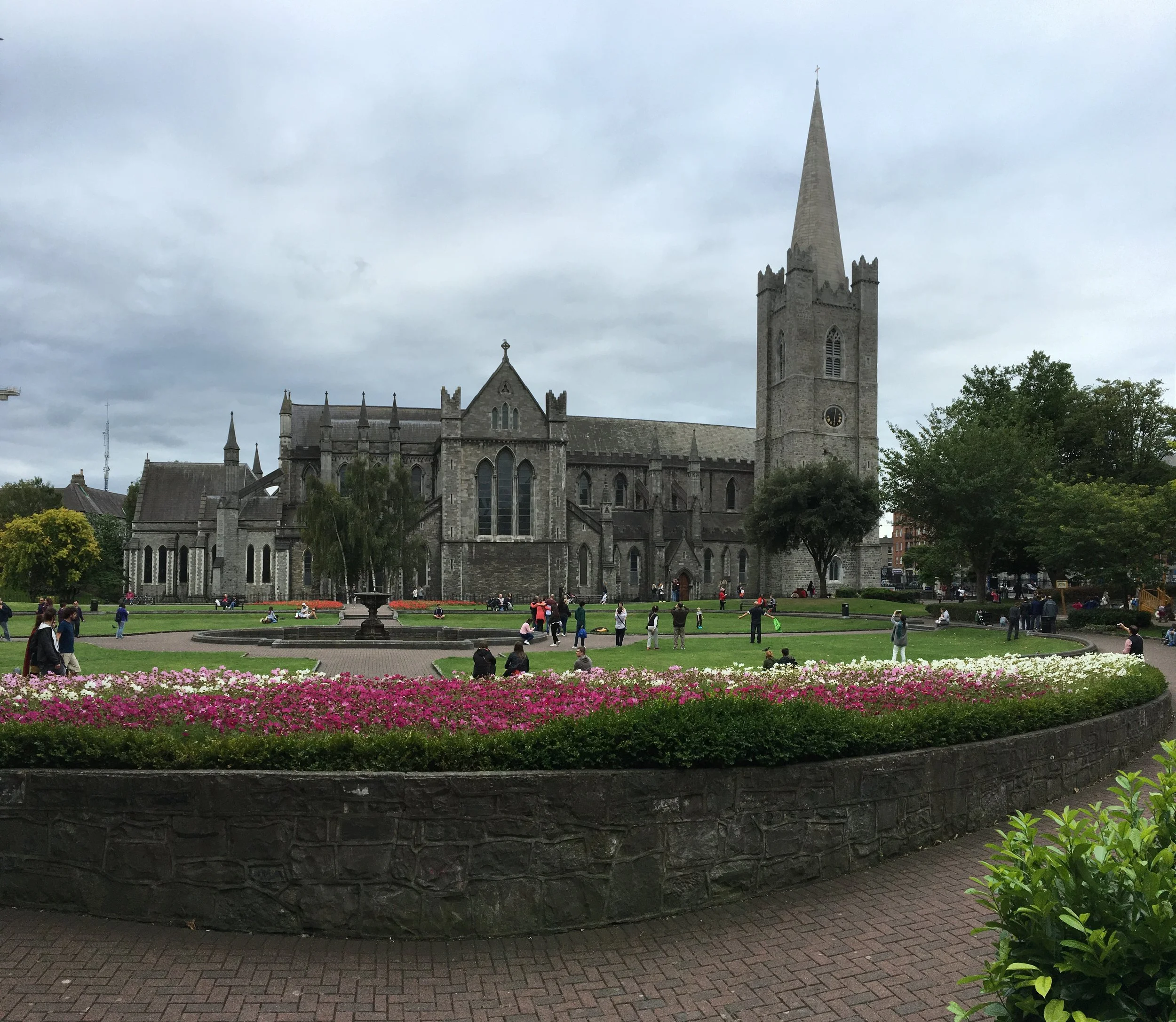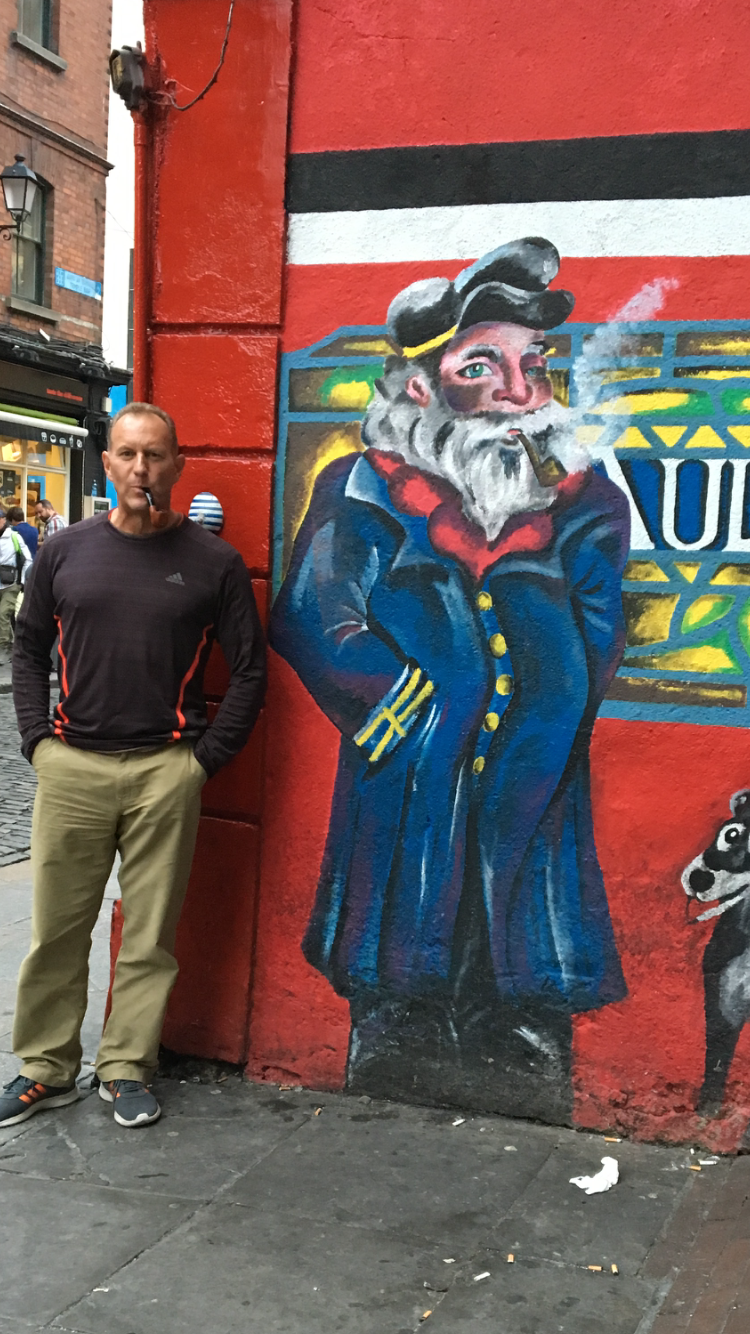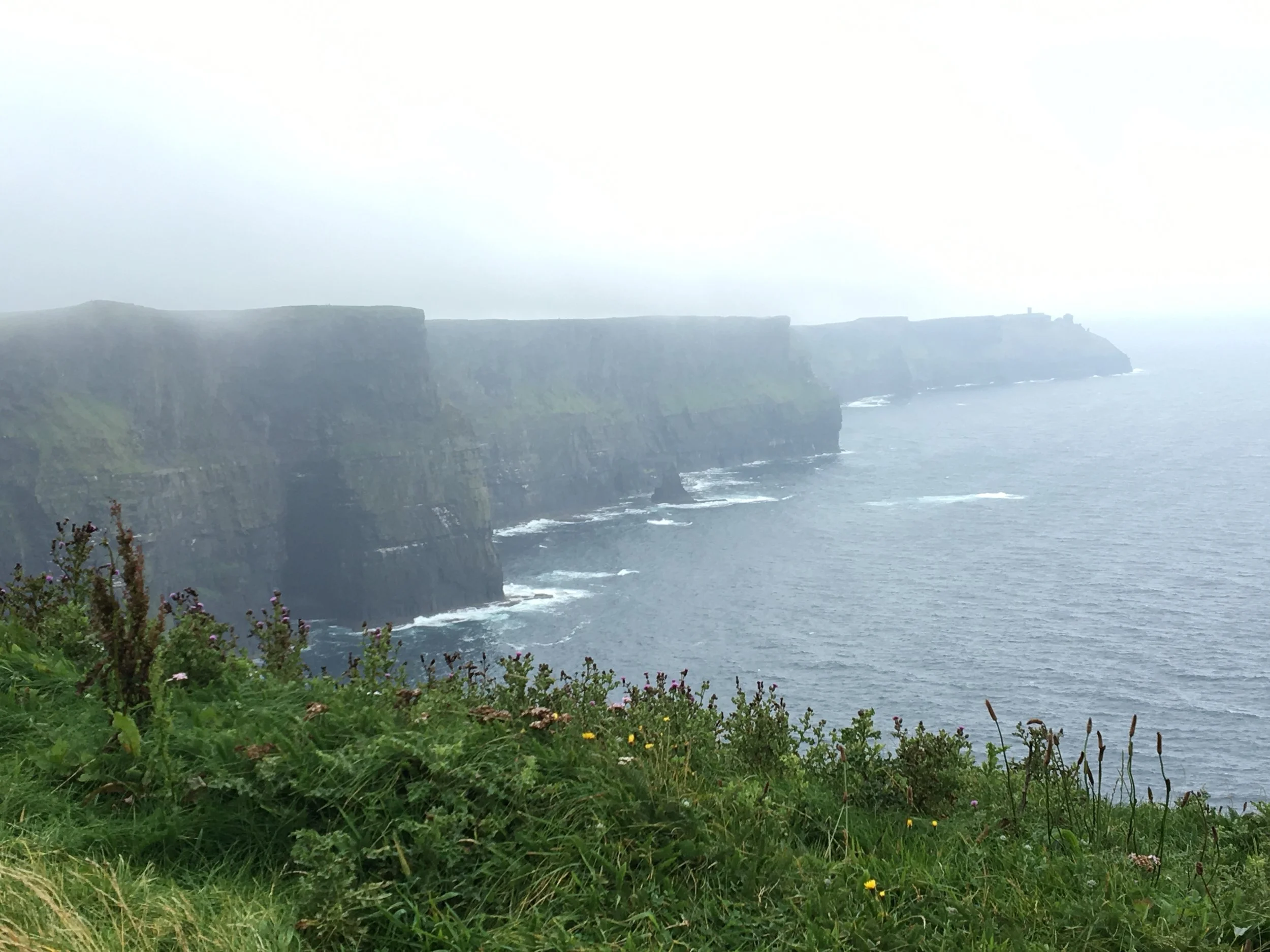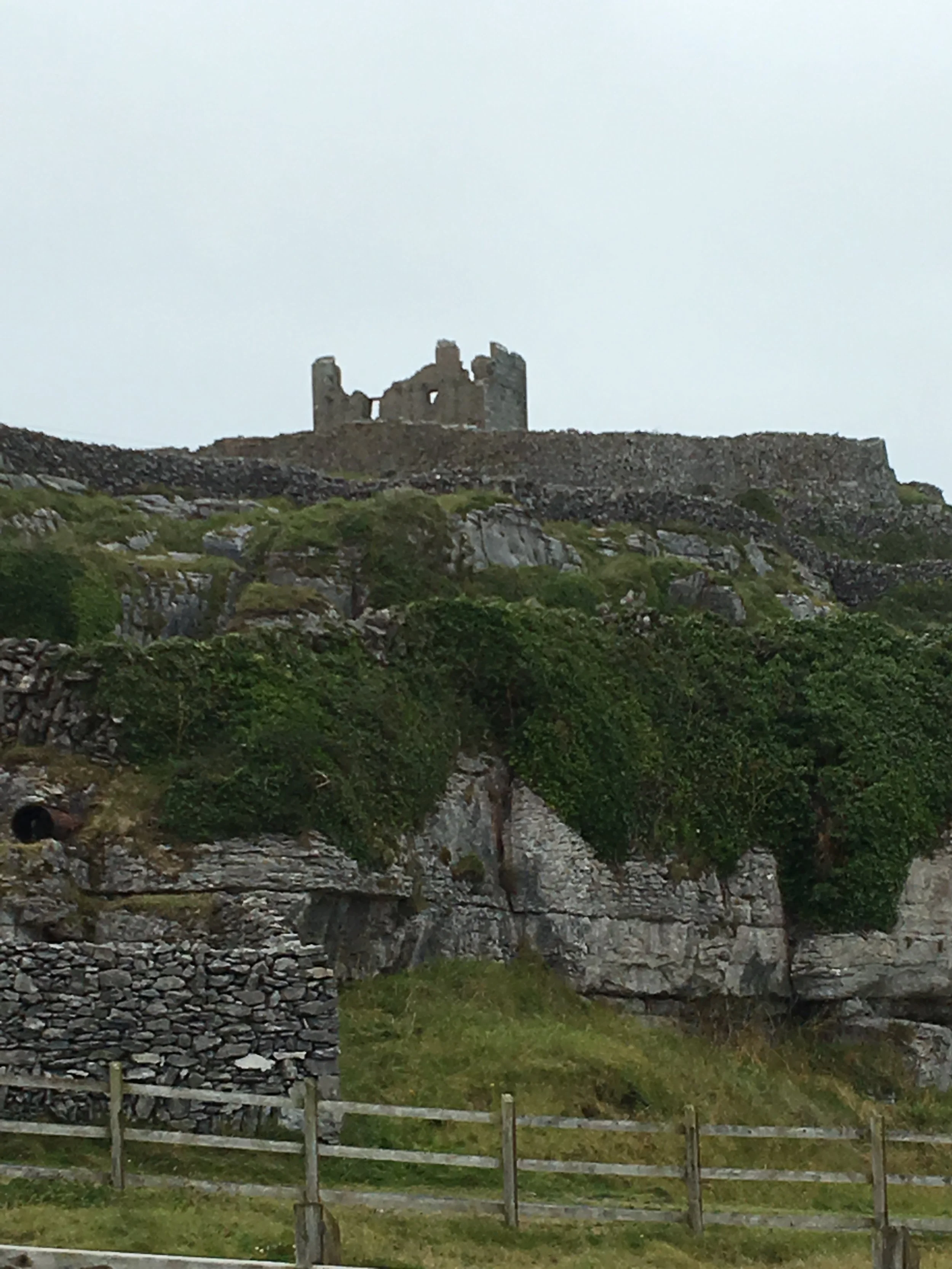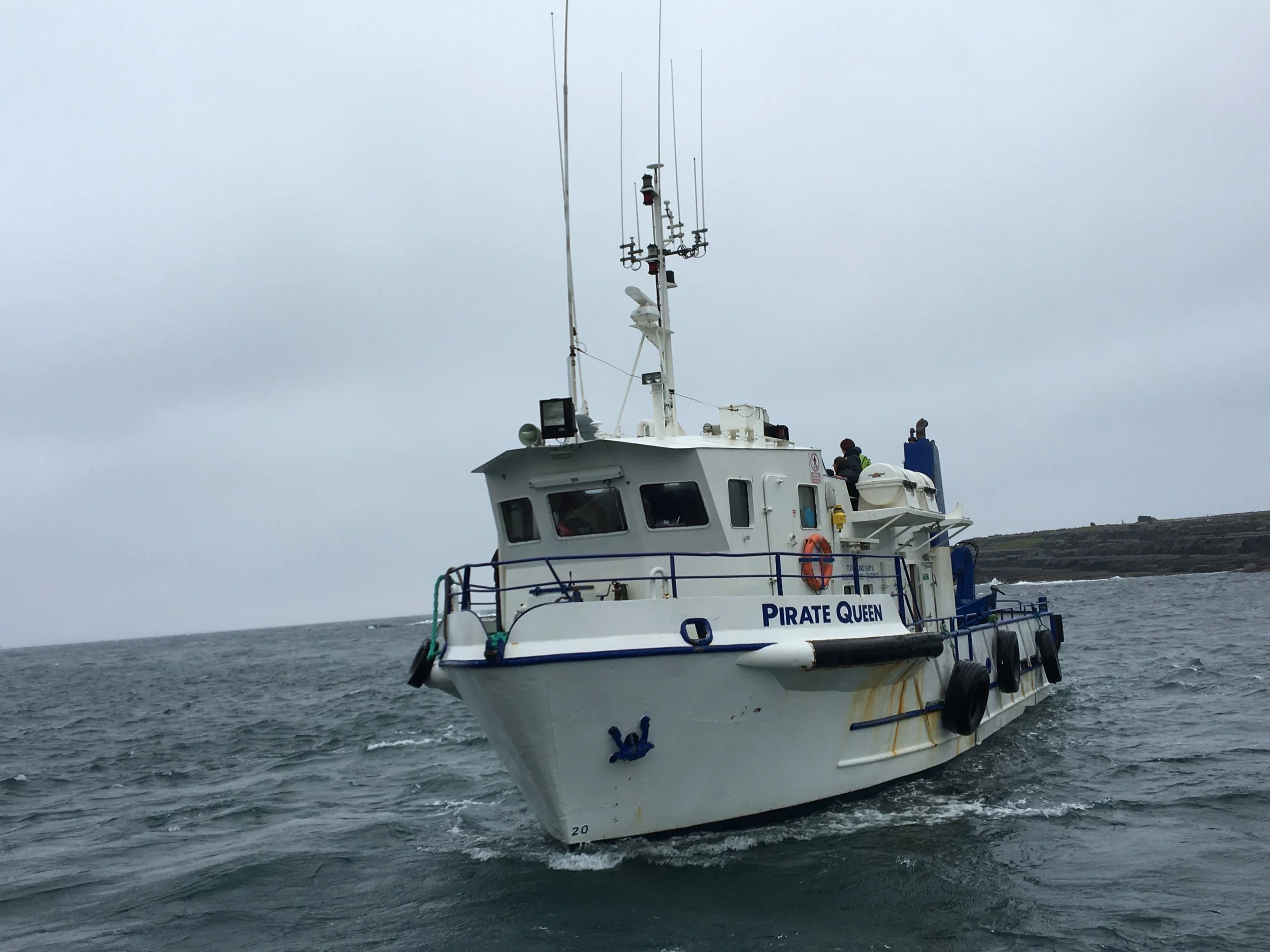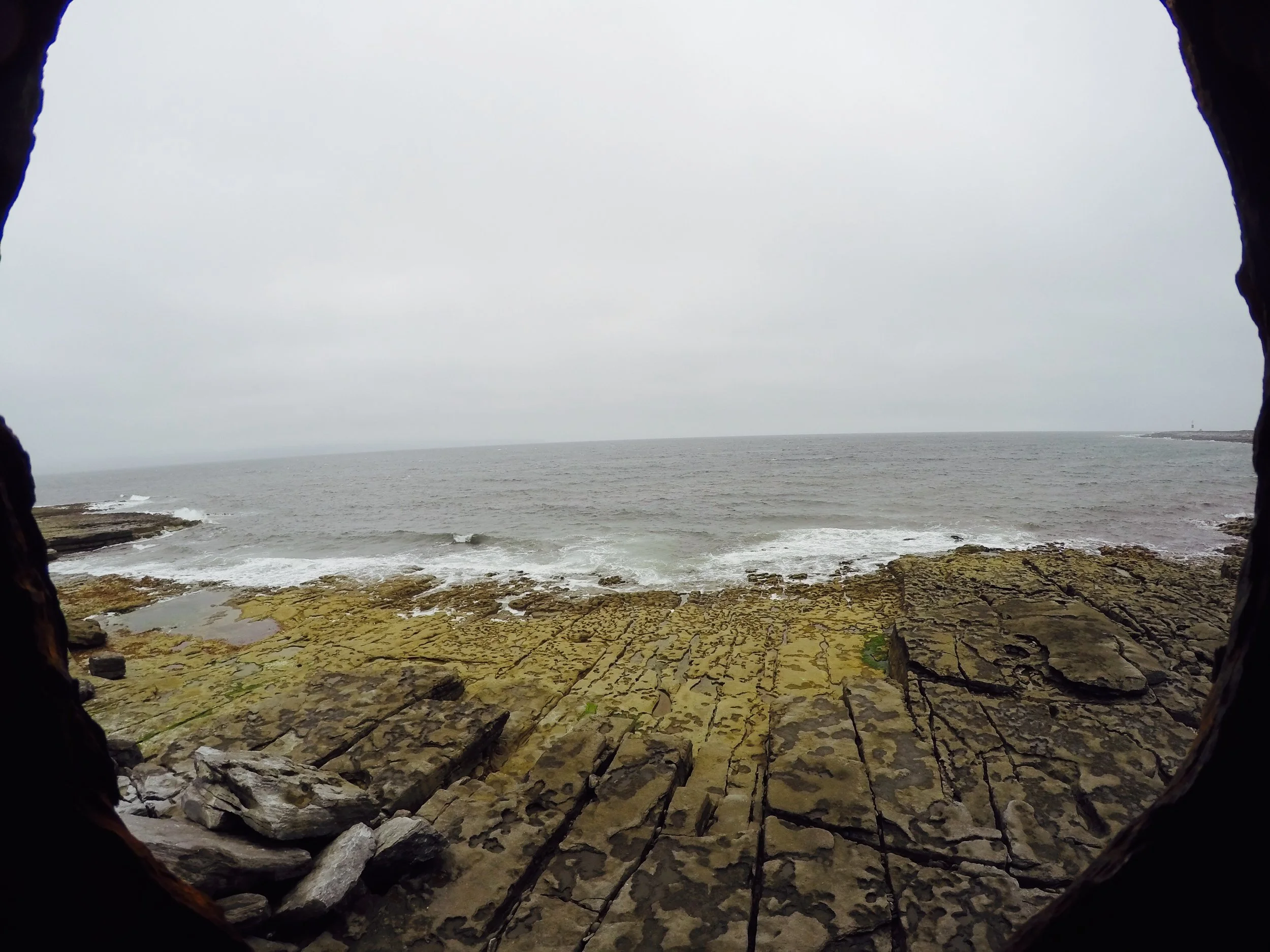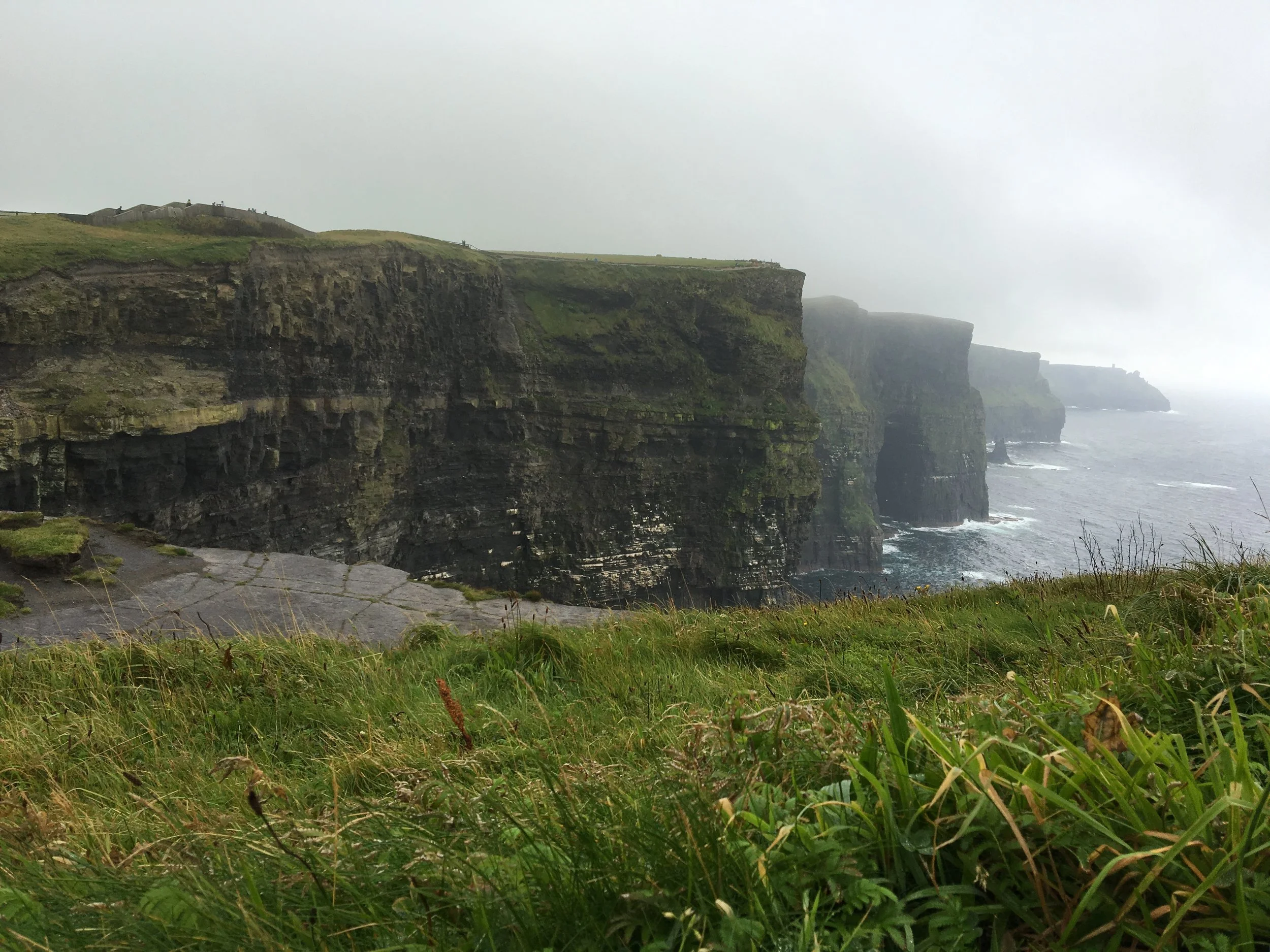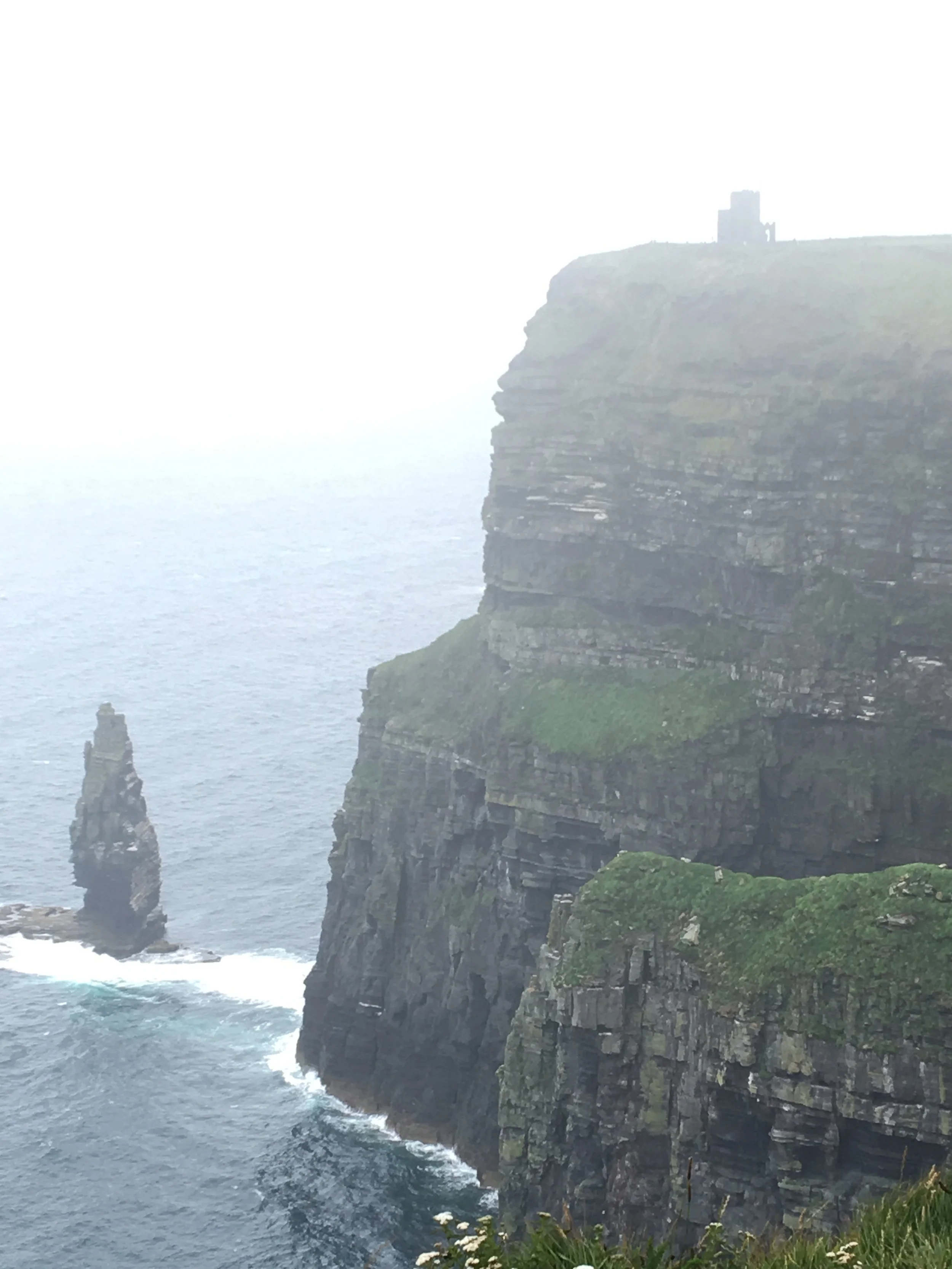Dublin, Ireland
Embark on a journey to the heart of Ireland's vibrant capital, Dublin, where rich history intertwines seamlessly with modern charm.
Wander through the lively streets, lined with colorful Georgian townhouses and bustling pubs resonating with traditional music. Explore the city's iconic landmarks, from the historic Trinity College and its famed Book of Kells to the majestic Dublin Castle standing proudly amidst lush gardens. Indulge in the warmth of Irish hospitality as we sample hearty dishes like fish and chips or savory Irish stew in cozy local eateries.
Learn about Dublin’s strategic shipping port that was first settled by the Vikings between the 8th - 11th Century.
Early Settlement and Viking Era (8th - 11th Century): Dublin's story begins with its establishment as a Viking settlement around the 9th century. Known as "Dubh Linn" in Irish, meaning "black pool," it quickly grew into a significant trading center due to its strategic location on the River Liffey.
Norman Conquest and Medieval Dublin (11th - 16th Century): The Normans arrived in Dublin in the 12th century, marking the beginning of a period of Norman rule. Dublin became the capital of the English-controlled Lordship of Ireland. During this time, the city expanded, with the construction of Dublin Castle and the city walls.
Tudor Period and Reformation (16th Century): Dublin experienced religious and political upheaval during the Tudor period, with the English Reformation impacting the city's religious landscape. The establishment of Trinity College Dublin in 1592 under Queen Elizabeth I marked a significant cultural development.
Colonialism and Rebellion (17th - 19th Century): The 17th century saw Dublin as a center of English colonial administration in Ireland. The city played a key role in the various Irish rebellions against British rule, including the 1641 Rebellion and the 1798 Rebellion. The Act of Union in 1801 led to Dublin's status as the capital of the United Kingdom of Great Britain and Ireland until Irish independence.
Irish Independence and Modern Era (20th Century - Present): The 20th century brought significant changes to Dublin and Ireland as a whole. The Easter Rising of 1916, followed by the Irish War of Independence and the subsequent partition of Ireland, shaped Dublin's political landscape. In 1922, Dublin became the capital of the newly established Irish Free State (later the Republic of Ireland). The city saw rapid urbanization and modernization in the latter half of the century, with developments such as the Dublin Corporation Housing scheme and the construction of landmarks like the Spire of Dublin.
Cliffs of Moher
The Cliffs of Moher are an awe-inspiring natural wonder, standing proudly along the rugged coastline of County Clare in Ireland.
The cliffs are a haven for diverse seabird colonies, including puffins, razorbills, guillemots, and fulmars, which nestle in the crevices of the cliffs during the breeding season.
